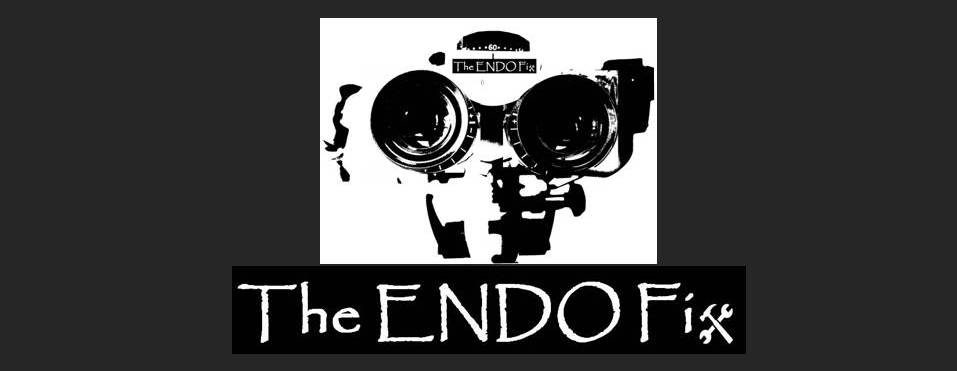System S

When your filling with rubber you got options. Carrier based, cones, and System S, otherwise knows as the Squirt.
I first learned of the Squirt from Joey Dovgan in 2008 whilst at Einstein and while I didn’t consistently squirt until a few years ago, there would be some cases that I would employ the method when I felt appropriate. That changed some when I introduced “enhanced irrigation” aka the laser in my case to our practice. Like Joey said back in the day, the most important part of filling is actually the instrumentation. However, I would submit that neither deep shape nor continuous taper are necessary to get consistent fills. But, the capture zone in the apical 1/3; that is pretty important.
Regardless of your system with system S, your going to have to live with some variability. That’s the rub. It’s easier, faster, displays some cool anatomy, but sometimes its a bit on the splashy side. And that’s not for everyone. And finally, you gotta be careful in the posterior mandible when the apices of lower teeth approximate the mandibular canal. The CBCT is your guide in such cases in it’s ability to determine anatomical positioning.
But the typical case is often amenable to System S. Instrumentation wise, system S works well with Rootform Appropriate Instrumentation. Typically the main difference with instrumentation is that I will typically take rotary instruments 1 full mm from the 00 on the EAL as opposed to .5mm when I cone-fill. During the course of treatment the laser is employed and final series of enhanced irrigation performed (3 min of sweeps with Hypo and EDTA). Patency is confirmed with a 15K file before the final series. A final rinse with alcohol makes for expedient drying of the tooth. Medium paper points are used and should not sail long. If they do, then consider an alternate filling technique. Generally speaking I would move to a cone. And if a 40.06 cone goes long, I’m considering MTA. When the cones are dry, AH+ sealer is applied to a medium paper point and used to coat 1-2 canals. More canals require another coated paper point. Then one or two dry paper points per canal to remove the excess. If your fills are two splashy, dry more.
The OG’s of squirt will tell you Schwed in an Obtura is the way to go. And that’s fine. I prefer the Calamus with the thinner gauge tip. They fit great into the instrumented canals. But like many things the old school Calamus are made with a better plastic and are more durable. Most times just placing the tip and allowing the machine to back you out of the canal results in a great fill. Not surprisingly, if you want to plunge the gp after application, Joey D’s niti pluggers are the best. Unfortunately, they are no longer made but perhaps you can find one on the after market.
In Type 2 canal systems, the gp can get hung up where the canals join and not proceed to the terminus. You got options though. Block one canal with one plugger, then plunge the other with another plugger (whilst moving the first to the mirror hand- yes your hand can hold two things). Or block one with a plugger and use the calamus to force-fill the other. Both work. I still take downpack films which are neither films nor the result of any downpacking, but usually I can’t wait to get my thrill of the fill, even after filling well over 10K teeth.


You must be logged in to post a comment.